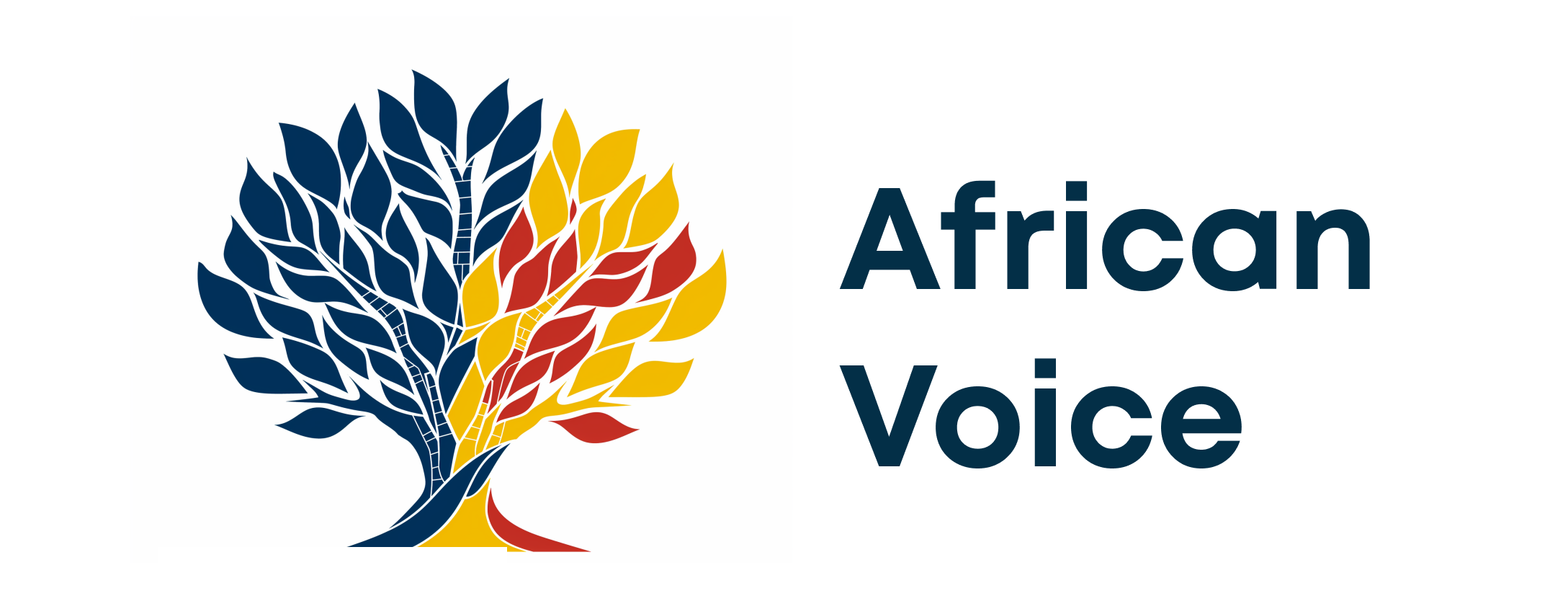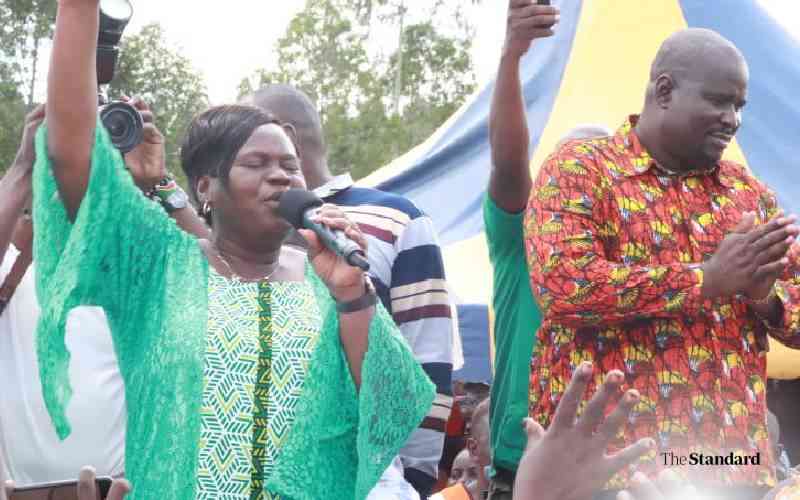The push coincides with the global 16 Days of Activism Against Gender-Based Violence.
Anti-FGM advocates target communities that has high prevalence rate as seven in 10 Women are affected in some counties.
Stanley Ongwae, Nyamira
The ululations and wild celebrations after Nyaboke (not her name) underwent Female Genital Mutilation haunt her to this day. It was 25 years ago when she was brutally exposed to the brutal cut.
As she endured the excruciatingly painful rite of passage, women danced to songs praising her womanhood. Others teasingly counted imaginary dowry in the form of cows her father would receive, celebrating the respect she was believed to have brought to the village.
While the community composed songs demanding hot tea and mandazi to mark the occasion, Nyaboke experienced sharp pains in her leg. This pain would later lead to partial paralysis, resulting in a loss of sensation.
“It’s unclear what caused the condition,” Nyaboke says. Since that day, her leg stopped developing normally, and she now limps.
Nyaboke, who hails from Bonyamatuta in Nyamira County, underwent the rite in 1999 at the age of nine. “I remember it like it was yesterday. My four aunties tightly held me—one by each hand, while two ensured my legs were apart as the nurse chopped off my clitoris like a budding flower,” she recalls.
Her mother held her firmly by the shoulders, pressing her against the dewy grass to ensure her posture was optimal for the cut.
Among the Abagusii tribe, it is believed that cold morning dew numbs the body, reducing the pain.
“I woke up hours later with numbness in my left leg. To this day, the leg remains partially paralysed. I have lived my life regretting that act of brutality,” Nyaboke explains.
A grim reality
According to the Kenya Demographic and Health Survey Report of 2022, two in every 10 women aged 15-49 in the country have undergone similar horrifying experiences to gain acceptance in their communities.
In Nyamira County and neighbouring Kisii and Migori, seven out of ten women have been subjected to the practice, despite Kenya outlawing FGM in 2011.
The statistics are even grimmer in North Eastern and Eastern Kenya, where counties like Wajir, Mandera, Marsabit, and Garissa report that eight in every ten women have undergone the banned rite.
Stay informed. Subscribe to our newsletter
Other counties, including Isiolo, Samburu, Narok, and parts of the Rift Valley, also show alarmingly high rates, with between three and seven out of ten women in the same age group being subjected to FGM.
FGM is recognised by UN Women as a form of gender-based violence, alongside sexual, physical, emotional, and mental abuse.
This year, stakeholders are intensifying campaigns to eradicate the practice, coinciding with the global 16 Days of Activism Against Gender-Based Violence.
The theme for this year is “Unite to End Violence Against Women and Girls.”
President William Ruto last week launched the campaign by pledging Sh100 million to the cause.
Kisii Woman MP Doris Donya Aburi highlighted how FGM has contributed to rising cases of gender-based violence in the Gusii region. Last week, 25 members of the Kenya Women Parliamentary Association (KEWOPA) gathered in Kisii for a public awareness and mentorship programme, as a curtain raiser for the just-started Activism season.
They singled out FGM, sexual violence against women, the rising killings related to crimes of passion, and abuse of social media as the challenges that needed to be conclusively dealt with.
Faith-based organisations are also playing a critical role. For example, in August, the Catholic Diocese of Mombasa organised an anti-FGM convention targeting girls aged 7-13. Around 200 girls from Kilifi County participated in weeklong training sessions on FGM and child rights.
“It was one of the most impactful campaigns we’ve held,” said Superior General Prisca Onkoba of the Sisters of Mary Mother of God Congregation.

























